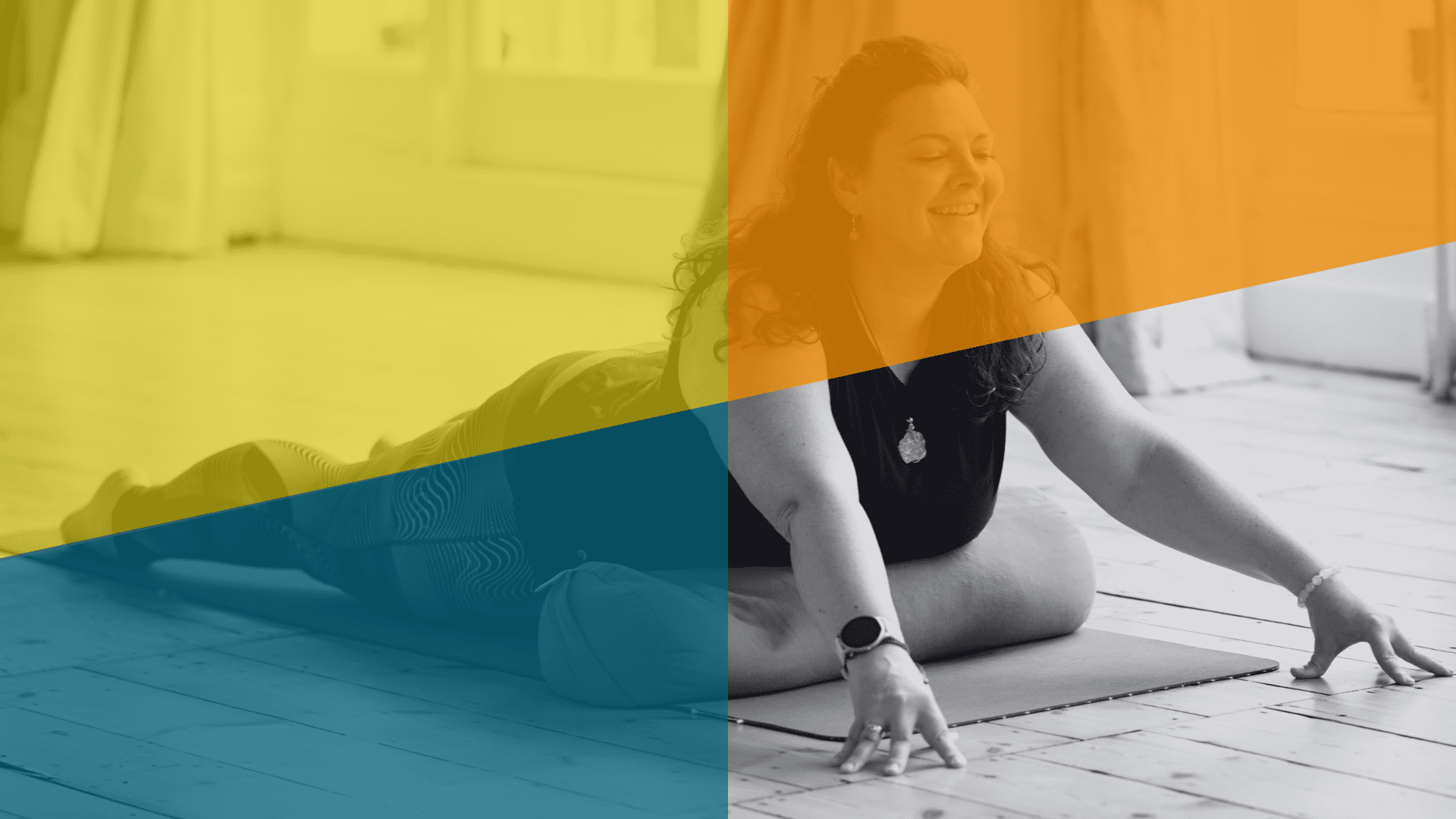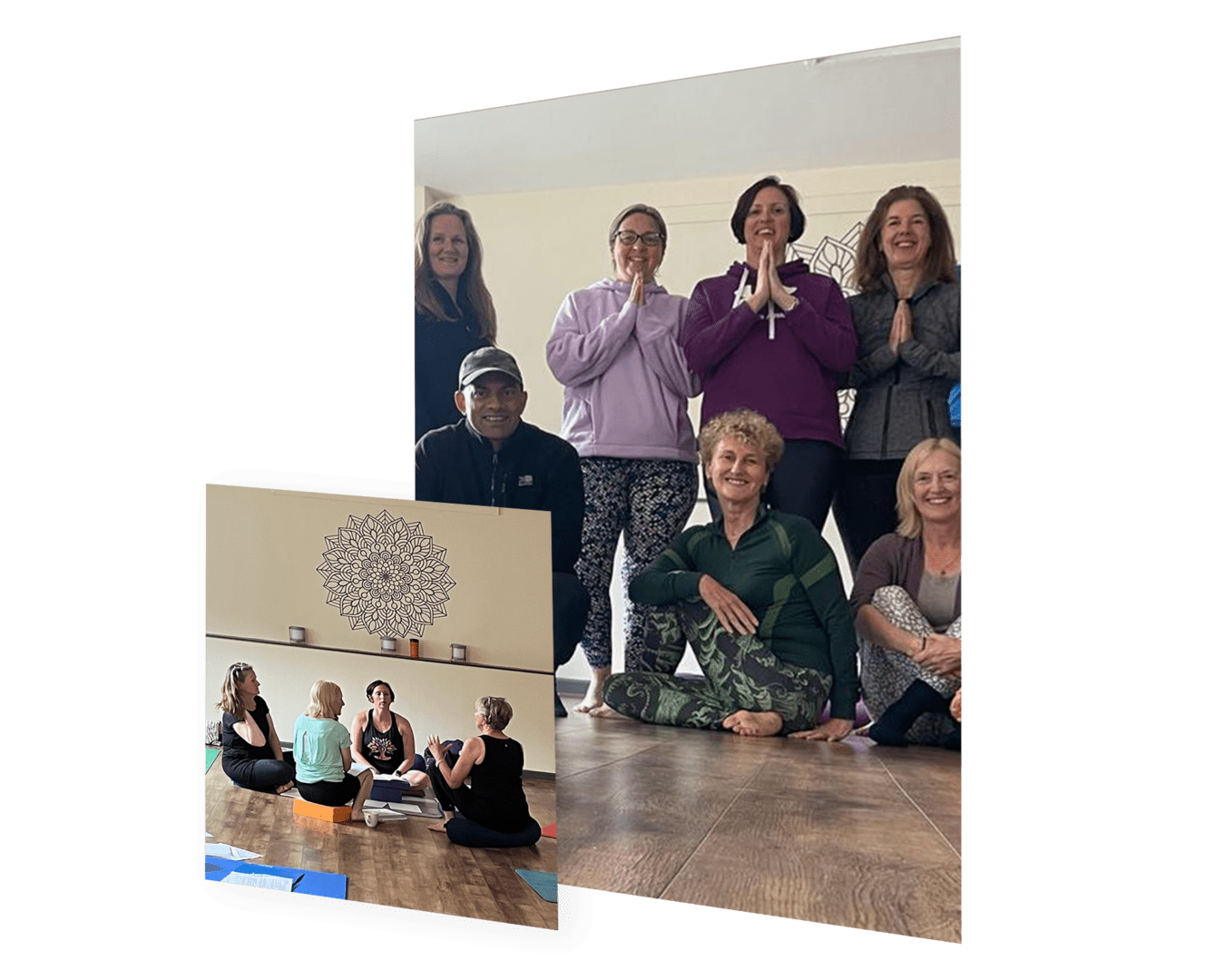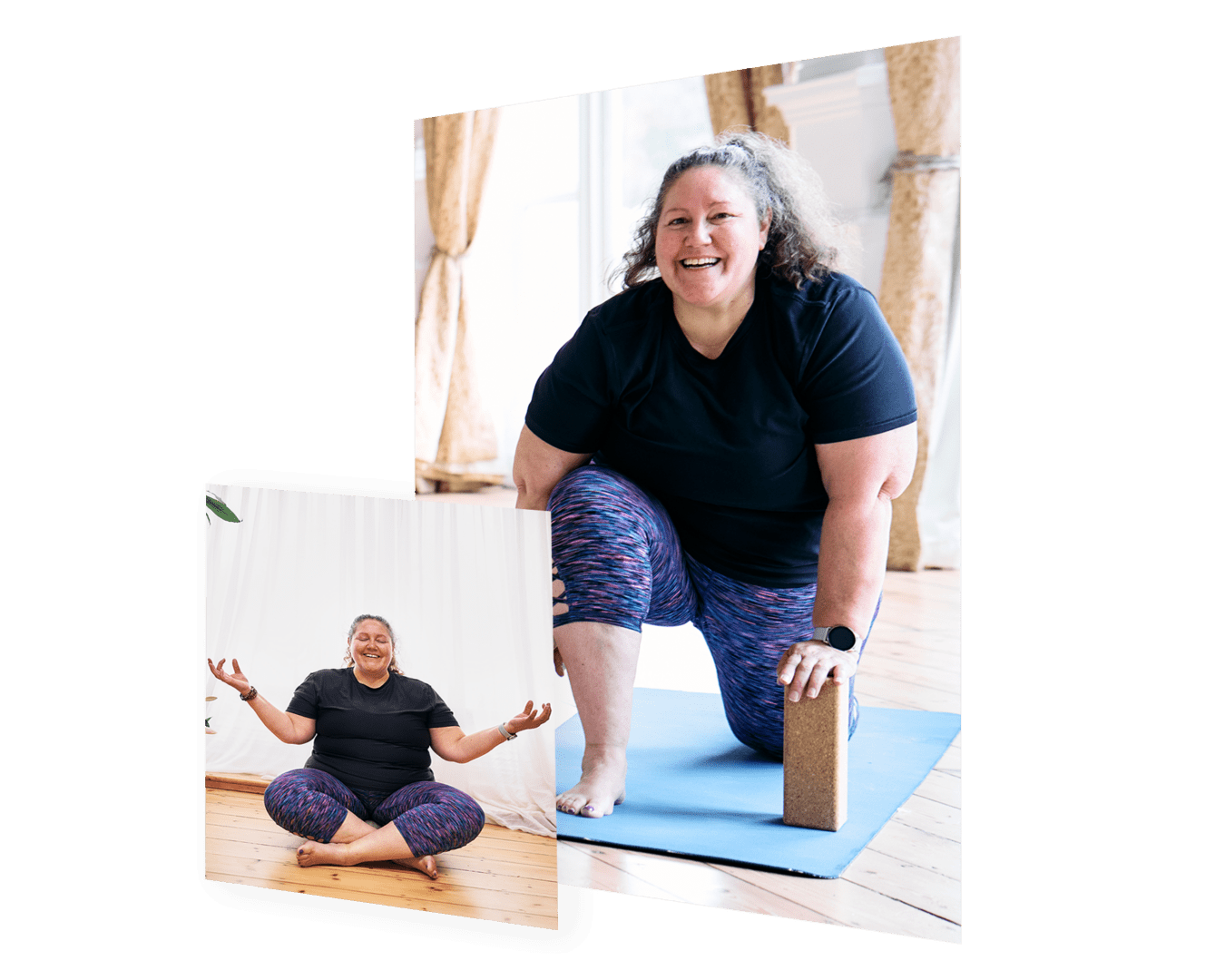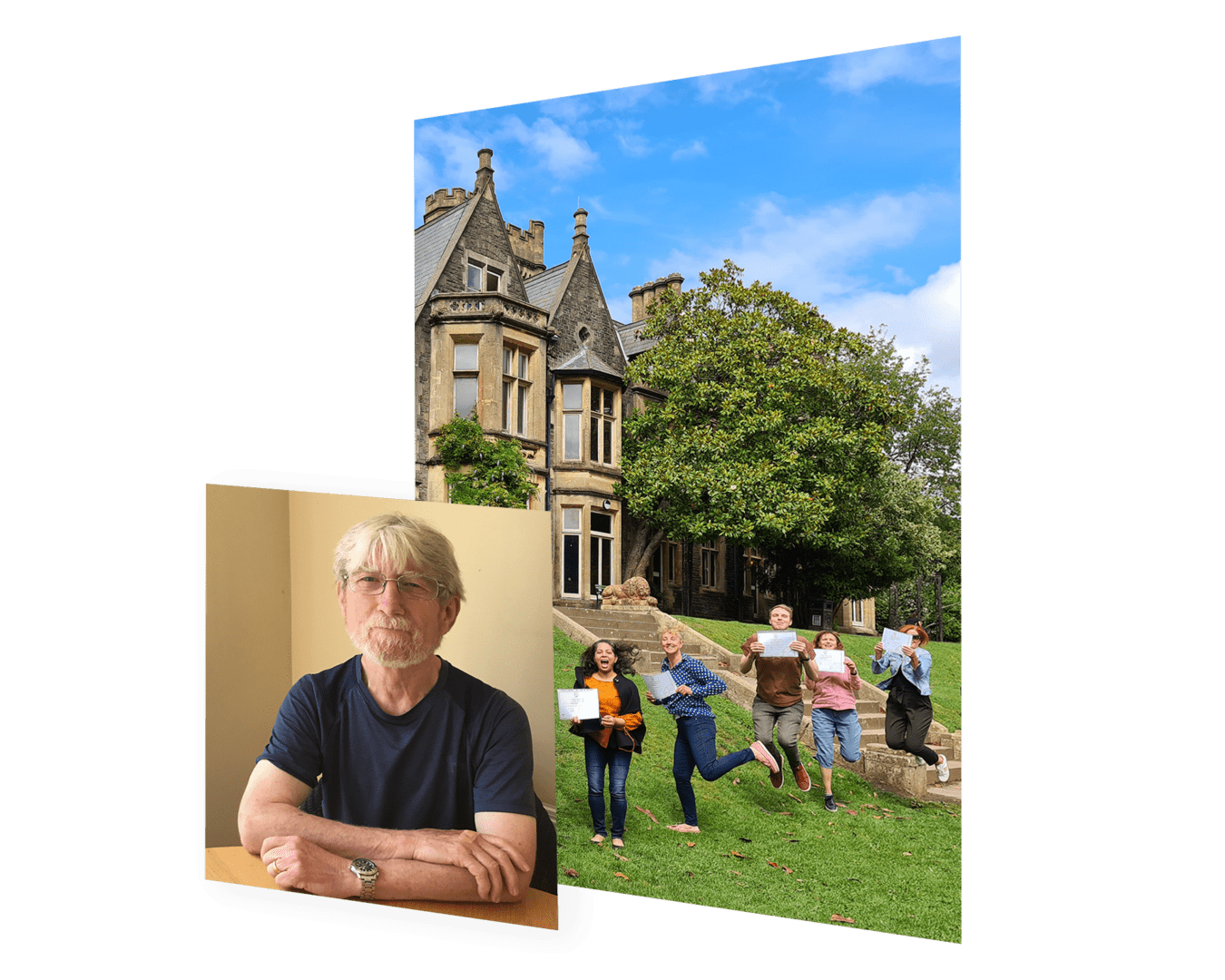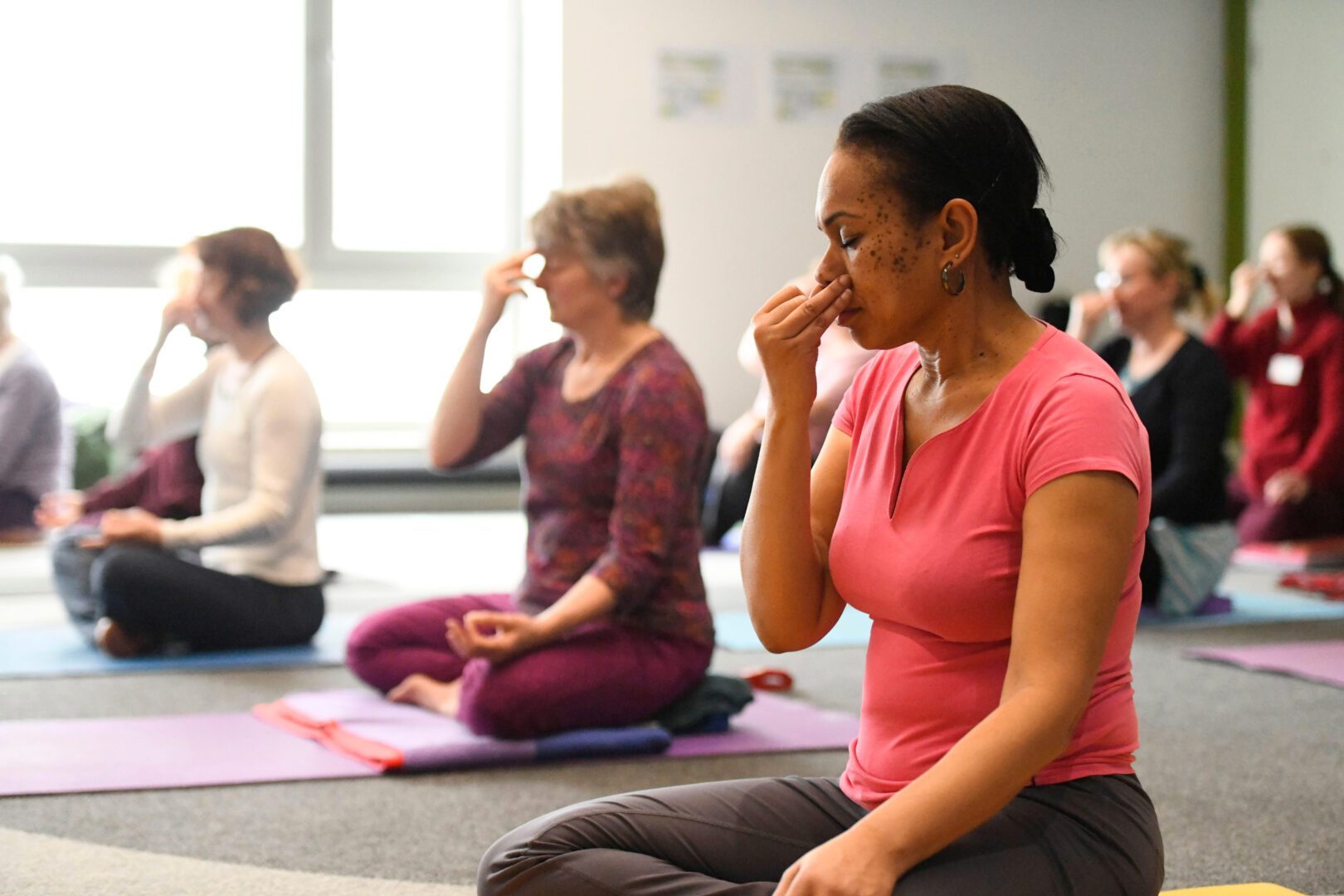This course is for you if you are:
- Eager to discover more about yoga, having attended regular classes for more than two years.
- Looking to begin a yoga discovery journey that doesn’t include teacher training.
- driven to teach yoga and know a firm foundation will help you get the best out of your teacher training journey to come.
On completion of this course, you’ll gain:
- Practical knowledge of a range of yoga asana (postures), basic breathing techniques and pranayama (breath control), as well as relaxation and meditation techniques.
- An understanding of the philosophy and history of yoga.
- The ability to plan simple sequences to meet your own needs.
- A deeper immersion into personal practice and its effects.
- A Foundation Course 1 certificate (80% minimum attendance).

The course curriculum includes:
Asana – practicing a range of postures from the eight groups (forward, backward and side bends, twists, balances, inversions, seated and natural spine alignment) with basic sequencing.
Basic breathing and pranayama – coordinating breath and movement in postures, three-part breath, nostril or glottis/throat control pranayama with and without the use of ratios.
Concentration and relaxation – using focal points of breath, objects and basic mantra to withdraw sensory awareness. Practicing a range of relaxation techniques with visualisation and guided imagery.
Mudra and meditation – rotation of consciousness through different parts of the body (yoga nidra), developing sankalpa (positive affirmation) and the use of key hasta (hand) mudras to channel energy flow.
Theory – an introduction to yoga philosophy, the Yoga Paths (Raja, Bhakti, Jnana and Karma), and an exploration of Sanskrit terminology and chanting. Includes a tutor-led deep dive into one of these topics.
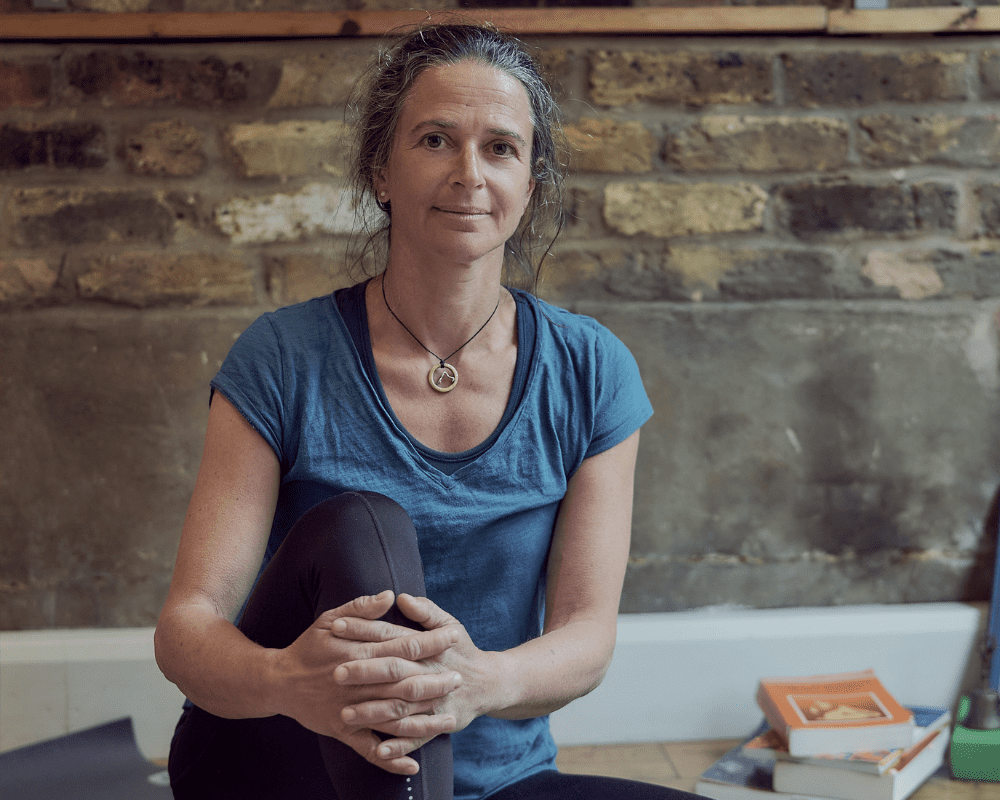
Meet the Foundation Courses lead – Anna Ferla
All our foundation course tutors have undergone high-quality yoga teacher training through BWY to deliver this yoga immersion course.
Yoga is a wonderful tool to help us understand ourselves and the world around us and how we can apply that to our daily lives to help us deal with modern-day living.
